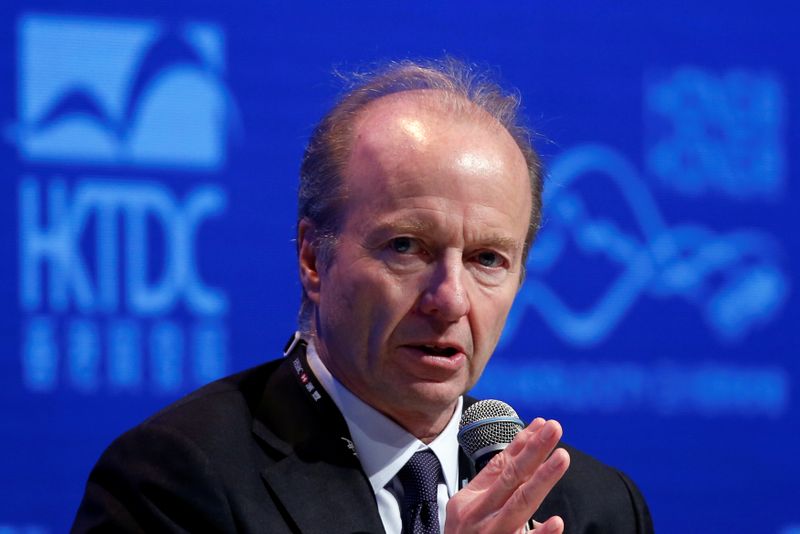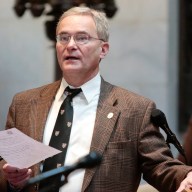LONDON (Reuters) – Any reform of the $7 trillion money market funds sector should “tread carefully” and look at the broader financial system and not only the funds themselves, a global regulator said on Wednesday.
March saw an extreme “dash for cash” in markets globally when economies went into lockdown, with strains on money market funds only eased after central banks injected liquidity into financial systems in the United States and Europe.
The Financial Stability Board (FSB), which coordinates financial rules for the G20 economies, is looking at whether reform of money market funds (MMFs) is needed to avoid such vulnerabilities in future shocks.
But Ashley Alder, chair of global securities regulators’ body IOSCO, an FSB member, said there was a need to tread “very carefully” given how important the sector has become as a source of short-term funding, and for banks and companies to park cash.
“I don’t think you can really form any conclusions until you have looked at the whole ecosystem,” Alder told an Afore Consulting event.
The ecosystem includes the funds themselves, the underlying markets, issuers, dealers and central banks, said Alder, who also heads Hong Kong’s securities watchdog.
“You should also look at investor expectations of money market funds. Do they view them as cash like, effectively investment like, or a grey area in between?” Alder said.
“I personally don’t think it’s right to simply look at it purely at the fund level,” he added.
The European Securities and Markets Authority (ESMA), the European Union’s markets watchdog, on Wednesday updated its guidance on regular stress testing of money market funds to check on how they can cope with shocks like heavy outflows.
“ESMA increased the severity of the redemption shock in light of the vulnerabilities identified during the COVID-19 outbreak,” it said.
Separately on Wednesday, the FSB said growth in the world’s $200 trillion non-bank financial sector has continued to outpace traditional lenders, creating vulnerabilities that the COVID-19 crisis has highlighted in sectors like MMFs.
Also dubbed “shadow banking” for its role in creating credit, the sector comprises insurers, money market funds, hedge funds and other types of investment funds, and pension providers.
At a global level, the non-bank sector grew by 8.9% in 2019 to $200.2 trillion, and the banking sector grew by 5.1% to $155.4 trillion.
Non-banks accounted for 49.5% of the global financial system in 2019, up from 42% in 2008.
(Reporting by Huw Jones. Editing by Mark Potter)
















